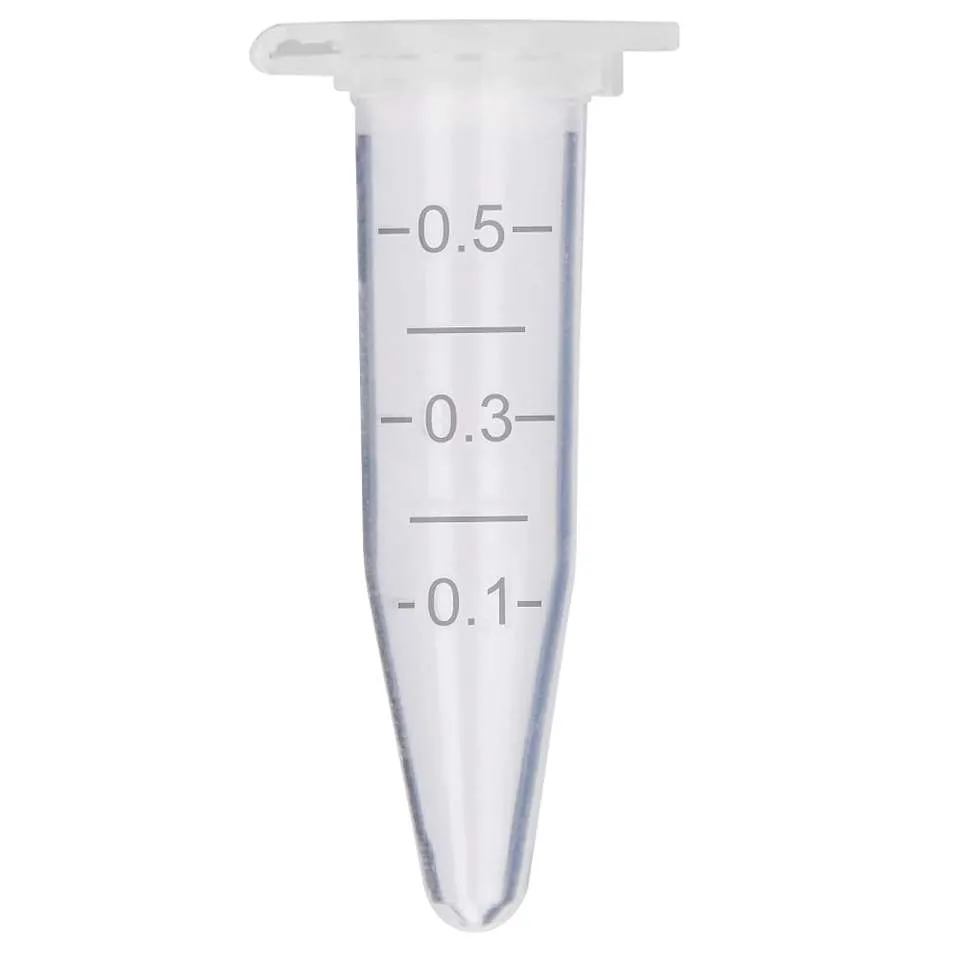Understanding Insulin Injection Bottles and Their Importance in Diabetes Management
Understanding Insulin Injection Bottles A Lifeline for Diabetics
Insulin is a vital hormone that regulates blood sugar levels, essential for individuals with diabetes. For many, managing diabetes entails daily insulin injections, making the understanding of insulin injection bottles pivotal for effective treatment. This article delves into the composition, types, and proper handling of insulin injection bottles to enhance patient education and compliance.
The Composition of Insulin Injection Bottles
Insulin injection bottles are typically made from glass or high-quality plastic and are designed to safely store insulin. Insulin itself is a peptide hormone, synthesized through recombinant DNA technology or extracted from animal sources. Each bottle contains a specific concentration of insulin, commonly measured in units per milliliter. For example, most insulin formulations are available in strengths of U-100 (100 units per mL) or U-200 (200 units per mL).
To preserve the potency and efficacy of insulin, these bottles often contain preservatives and stabilizers. However, it’s crucial to store insulin in a cool, dark place and to avoid exposure to extreme temperatures, as this can degrade its quality.
Types of Insulin
There are several types of insulin formulations available, each differing in onset, peak activity, and duration. Insulin can be categorized into rapid-acting, short-acting, intermediate-acting, and long-acting types.
1. Rapid-Acting Insulin Begins working within 10-20 minutes and lasts for 3-5 hours. Common examples include insulin aspart and insulin lispro. This type is typically used during meals to control postprandial (after meal) blood sugar spikes.
2. Short-Acting Insulin Has an onset of 30 minutes, with a duration of 6-8 hours. Regular insulin is a classic example. It is useful for controlling blood sugar levels when immediate action is required.
3. Intermediate-Acting Insulin Onset occurs after 2-4 hours and lasts 10-16 hours. NPH insulin is a commonly used formulation that combines both the rapid and prolonged effects.
insulin injection bottle

4. Long-Acting Insulin Designed to be released slowly and provide a stable blood sugar level; it can last up to 24 hours. Insulin glargine and insulin detemir are popular choices for those requiring extended coverage.
Proper Handling and Administration
Understanding how to properly handle and administer insulin from these injection bottles is crucial for safety and effectiveness. Here are some essential tips
- Washing Hands Always wash your hands before handling insulin to prevent contamination.
- Checking the Insulin Inspect the bottle for any discoloration, cloudiness, or particles. Clear and colorless solutions are suitable for use. Cloudy insulins (often NPH) should be gently rolled between palms to mix them thoroughly.
- Choosing the Right Syringe Use a syringe that corresponds to the concentration of insulin. For instance, U-100 insulin should be measured with a U-100 syringe to ensure proper dosing.
- Drawing Up Insulin If using a combination of insulins, always draw the clear insulin first (rapid-acting or short-acting) before the cloudy type to avoid contamination.
- Injection Technique Inject insulin into fatty tissue (subcutaneous tissue) using a quick, smooth motion, and rotate injection sites to minimize tissue damage and lipodystrophy.
Conclusion
In today's world, insulin injection bottles represent hope and a pathway to better health for millions of diabetics. Understanding their composition, types, and proper handling equips patients with the knowledge necessary for effective diabetes management. By adhering to best practices and maintaining an open dialogue with healthcare providers, individuals with diabetes can optimize their treatment plans, ultimately leading to improved quality of life. Managing diabetes is a challenging journey, but with the right tools and information, it is a journey of empowerment.
-
Aesthetic Makeup Spray Bottles | Fine Mist Empty RefillableNewsAug.19,2025
-
White Plastic Veterinary Vaccine Vials | Lab Liquid BottlesNewsAug.18,2025
-
Plastic Medicine Liquid Bottle: Secure Flip Top Drug VialsNewsAug.17,2025
-
Durable 250ml Blue Plastic Vaccine Vial for Lab & Vet UseNewsAug.16,2025
-
Sterile Virus Sample Tubes: Secure & Reliable Specimen CollectionNewsAug.15,2025
-
White 250ml Plastic Vaccine Vial for Lab & Vet MedicineNewsAug.14,2025
























